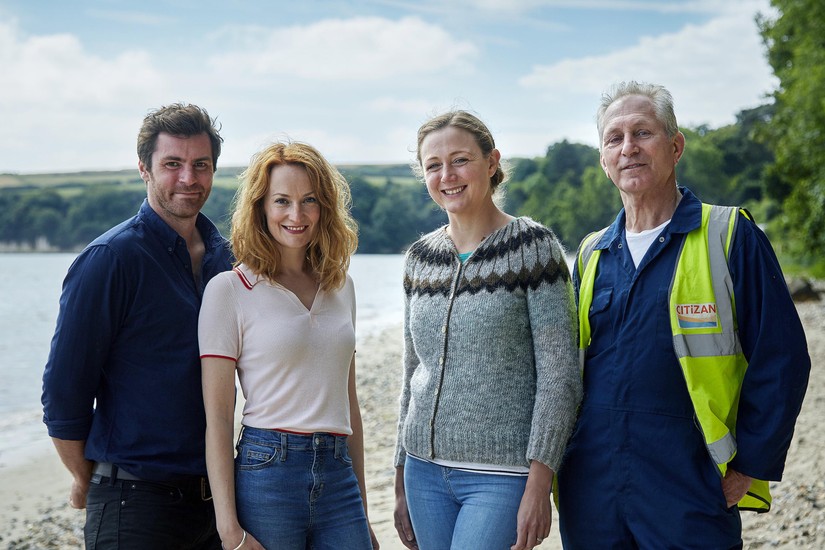Britain at Low Tide revisited
14/05/2020 | Oliver Hutchinson
BALT Revisited: Part 1 – The Solway Firth
Britain at Low Tide (BaLT) regularly reached audiences of over a million people, demonstrating that foreshore archaeology and the stories it reveals about our island history are fascinating to the British public. Six months since the last episode aired (and the public was left high and dry for its intertidal archaeology fix), we are getting back in touch with the team to revisit some highlights. Over the coming weeks, we’ll be hearing from Tori, Charlotte, Oliver, Gustav, Tom and the production team as they share their favourite episodes for you to watch again. It’s a great chance to update you on some of the sites from the show, many of which have been changed considerably by coastal erosion, providing new archaeological insights to add to their fascinating stories. We’ll also share plenty of pictures and stories from behind the scenes, as well as details about some of the stories that didn’t make the final edits.
Let’s begin with some background to the show and the tremendous team of people involved in producing it (in all weathers!) as series Producer Michael Waterhouse, Director Catherine Abbott and members of the production team from TERN TV share their thoughts on the show and the challenges of filming the foreshore archaeology of our beautiful, dynamic but often difficult coastline…

Heritage at its heart
One of the key themes of BaLT was the unstoppable change taking place every day on our shores. Our coastline is rich with history and stories of our island’s past which the show tried to bring to life using the archaeology that is revealed with each low tide along with the memories of local folk in our coastal communities. It also offered a unique chance to highlight the impact that erosion has on our vanishing coastal heritage and the challenges in accessing, surveying and interpreting it. Whether it be the continual assault of waves and tidal forces on our cliffs, beaches and estuaries or the dramatic, immediate impact of a severe weather events, new archaeological evidence is revealed and destroyed each day and getting the most from it is a challenge. CITiZAN and SCHARP were perfectly placed to guide viewers through this landscape and to offer opportunities to those keen to be part of nationwide teams preserving our transient archaeological resource by record.
The show was successful in getting the message across – both projects saw a rise in support following the show and people attending events around the country to get hands-on experience of foreshore archaeology. Away from the mud, stories about our island’s more recent past caught the attention of those who were able to contribute their own memories of events, for example, the story of Operation Smash on the Dorset coast triggered a fantastic response from people who were able to help fill in crucial missing details to complete the story, of which we’ll hear more in a later blog.
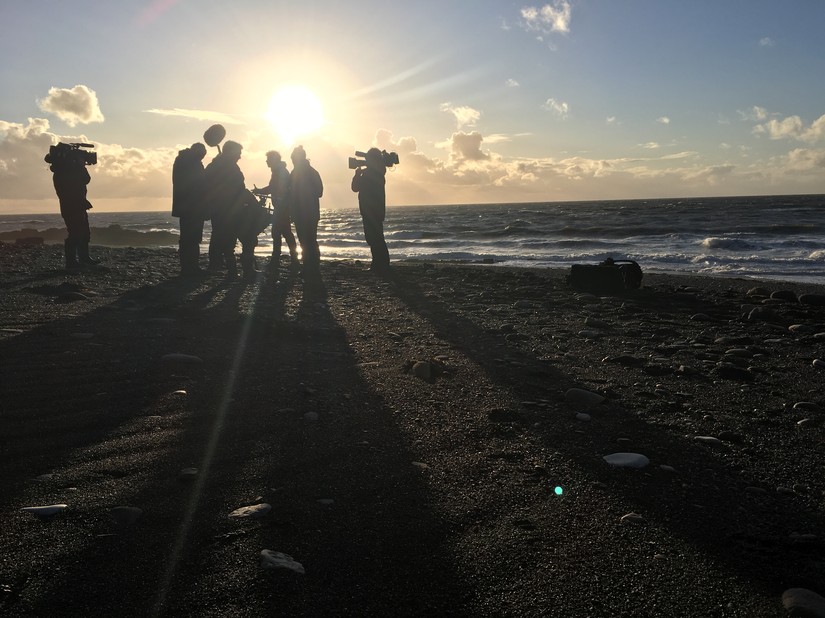
Local stories, local people
BaLT involved the knowledge, support and goodwill of a great many local people in the coastal communities we visited. Librarians, historians, boat crews, coastguards and many more gave up their time and expertise to bring the stories to life. Without their generosity and presence on camera the show would have been poorer. Many contributors were happy to brave the very worst conditions to share their stories with us. The whole team was touched by the enthusiasm of all the guests on the show and we’d like to extend a big thank you to all those who took part for their contribution, their patience and their support.
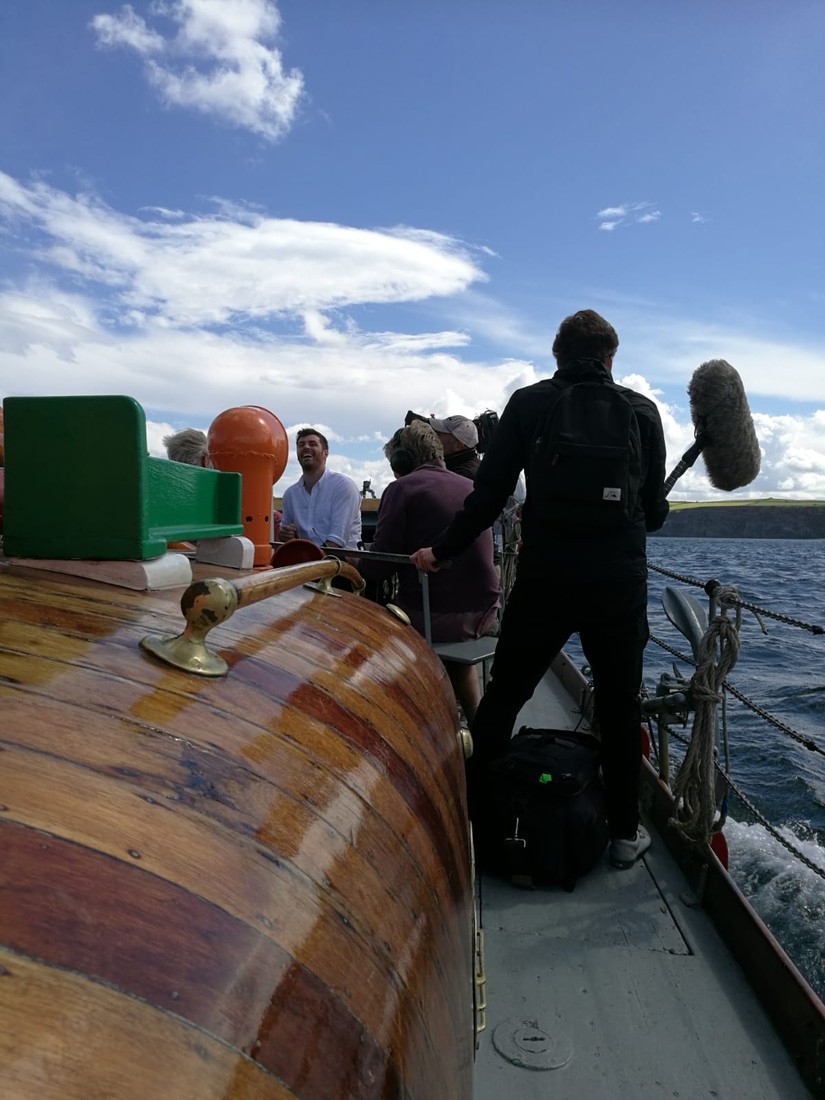
Behind the cameras
Each episode that made it to the screen was the result of a huge amount of hard work from a dedicated team of researchers, film crew, drone pilots, production managers and assistants, editors, directors and many more. Each episode required long days of filming, where possible on both low tides and occasionally in some very challenging environments. On average an episode took around a week just to film, mainly due to the time restrictions enforced by the tides. Scheduling so many people across a host of locations each day is tough enough, but factor in the tides and the weather as well and there was a lot to overcome, as Director Catherine Abbott explains:
"One of the regular challenges in documentary filming is that it’s a race against time and light, but on BALT we also had to deal with the looming spectre of the incoming tide. Sometimes we only had a window of a couple of hours to access a location and film everything we needed (often two scenes including multiple angles and drone shots) before the water returned to hide the archaeological remains. There was also the more serious risk at some sites that the returning tide could cut us off from the mainland – some of the particularly perilous places in this regard were the ruin of St Trogg’s on the Severn, and the wreck of the fishing trawler Admiral Van Tromp in Yorkshire… However, thanks to the expertise of the archaeologists, the endeavours of a highly talented and good-humoured on-screen team and some exceptional planning from production behind the scenes, no lives, and very few wellington boots, were lost!"
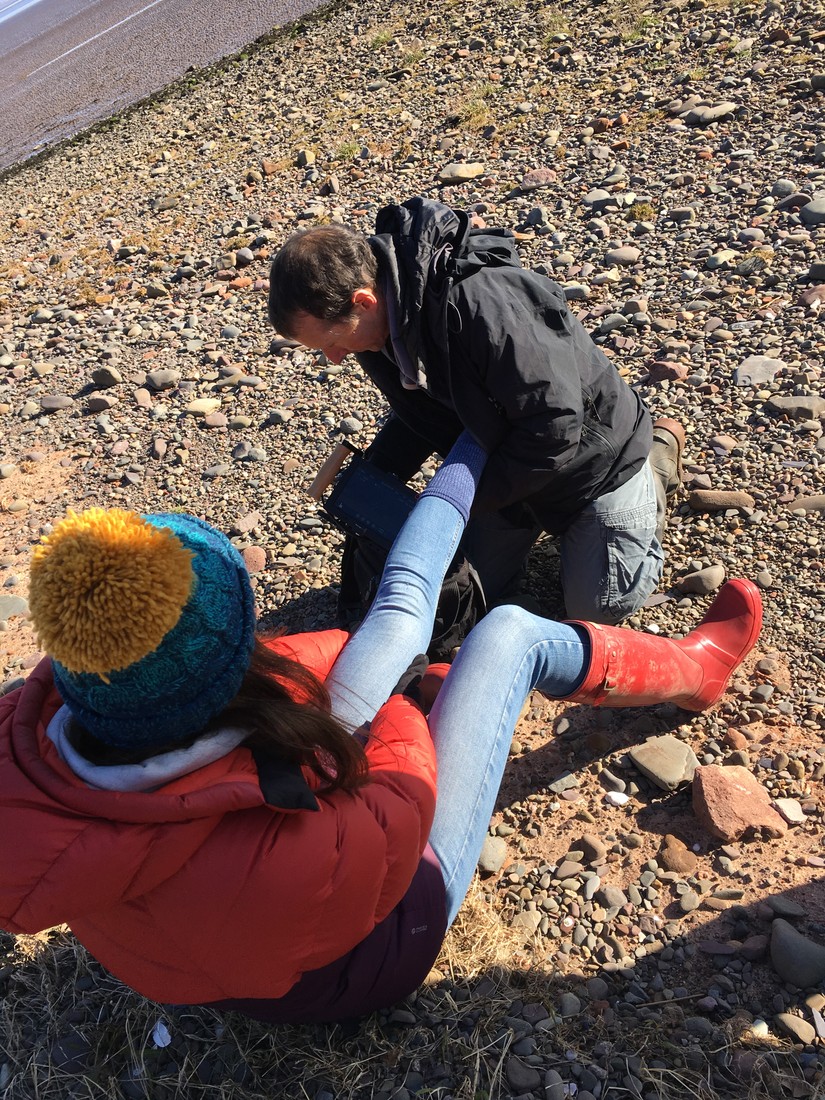
Production Assistant Eadaoin Hegarty recalls the repeated challenge the British weather posed whilst when filming:
“On more than one occasion the crew found themselves trekking back through the knee-deep mud flats of the Inner Forth and battering against the winds of the 'Beast from the East' storm while exposed on the edges of the Solway Firth. But that's also what made filming this wonderful series even more special, and it was a joy to go to battle with these awesome stretches of coastline at our backs; bringing their stories to light, and enjoying a well-deserved glass or two of wine at the end of a long day of filming!”
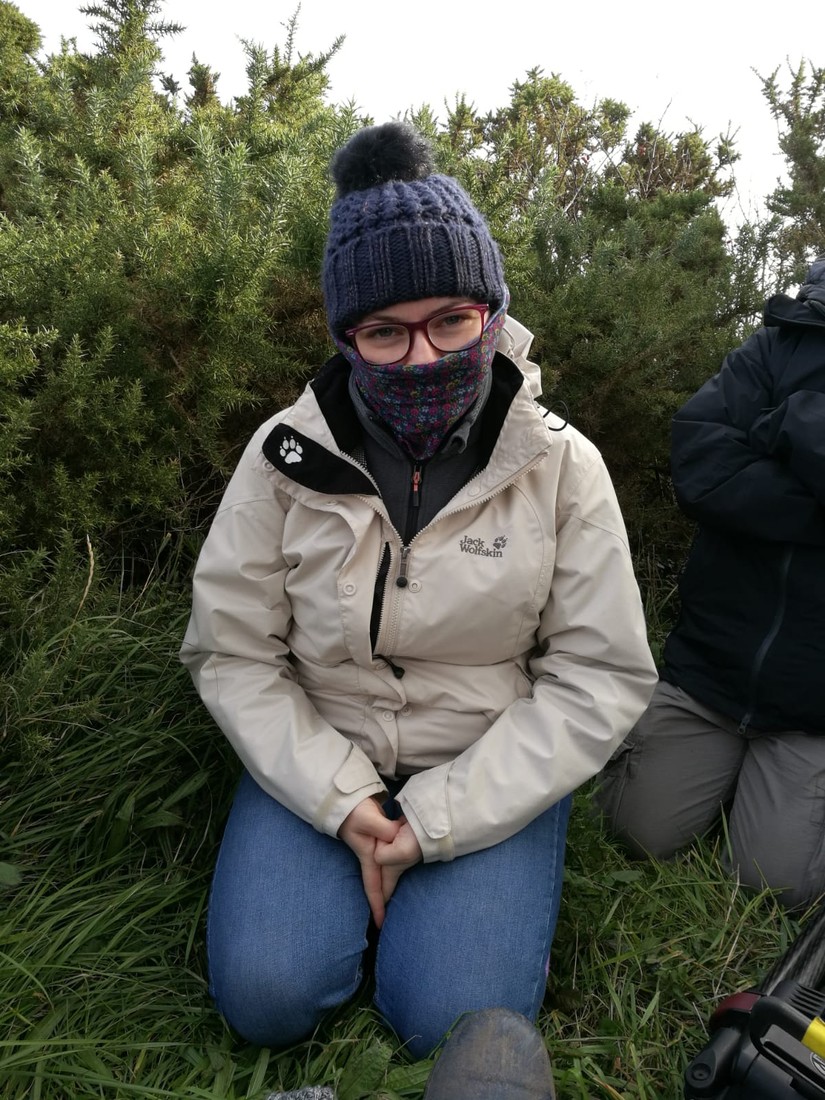
It all becomes clear with you head in the clouds...
We can all agree that the UK’s coastline is a sight to behold viewed from land or sea, but from the air it takes on a new beauty. The lush and sweeping aerial footage captured by a team of extremely talented drone pilots was key to setting our stories in context, capturing the true scale of a site, structure or shipwreck and the often perilous and exposed locations they are found in. From above, the relationships between archaeological features on the ground become much clearer and in many cases aerial footage was integral to revealing key elements of our stories such as the Bronze Age Shaft at Birling Gap, Sussex, and Robert Stevenson’s harbour for the construction of the Carr Rock beacon near Fife Ness, Scotland.
But flying drones on the coast is no easy feat. Wind conditions must be favourable, too strong and the small, agile and very light drones would be whisked away to an expensive watery grave. Too much rain and… well, you get the idea.
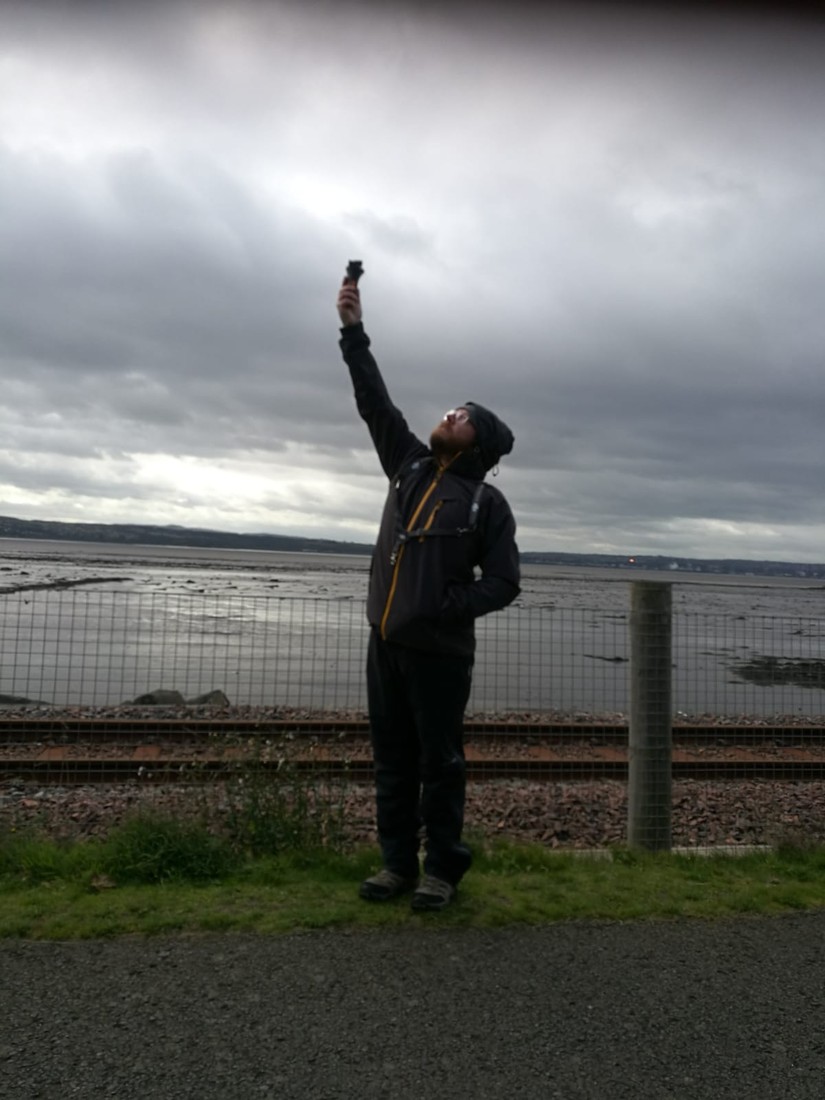
Phil Crothers of Pivotal Film worked alongside series producer Michael Waterhouse to figure out new ways to user aerial footage in BaLT that would put the foreshore front and centre;
"(Series Producer) Michael and I talked through how we could incorporate drone work with a less conventional approach. Whilst there’s always a place for high establishing shots, we used drones to track presenters at very low level over challenging terrain and coastal inlets, as well as when delivering pieces direct to camera. The latter was probably more of a challenge for Peter on Sound (the sound of a drone’s propellors are easily captured by the sensitive microphones!) with success being dependent on wind direction…, but we adapted and captured some great sequences this way!"
But it’s not just the weather and wind direction that needs to be checked before it’s ok to fly a drone;
“Weeks ahead of filming, we had the usual checks and permissions applications to run through with the Production Team, hosting sites, local Police and either local or National Air Traffic Control. Locations fell under the protection of specific government or heritage bodies, in some instances more than one”

And so to the first episode as chosen by Series Producer Michael Waterhouse:
“Thinking over what my favourite BaLT episode might be, I realise that the choice rests not only on the quality of the finished product, but on the experience of making it, in my case from initial research to the last day of the edit. And so, my choice is the Solway Firth episode from the third series. I loved the finished programme, in part because it satisfied all the aims I had for BaLT. The stories were fascinating and the investigations had substance. I think we discovered some genuinely unknown historical evidence, especially in regard to the Powfoot swimming pool.”
The episode also included some fantastic camerawork…
“The landscape of the firth was a revelation to me, spectacular. The aerial shots of the viaduct were fabulous. There’s also a shot that cranes up above Tori, as she is leaving Ellie and Nic Coombey at Powfoot, that is probably my favourite drone sequence of all for its sheer technical accomplishment... It was absolutely freezing, though you’d never know that from watching the show!”
Let’s begin right at the end with Episode 3 of Series 3 of Britain at Low Tide – The Solway Firth. Follow this link to 4OD to watch again.
